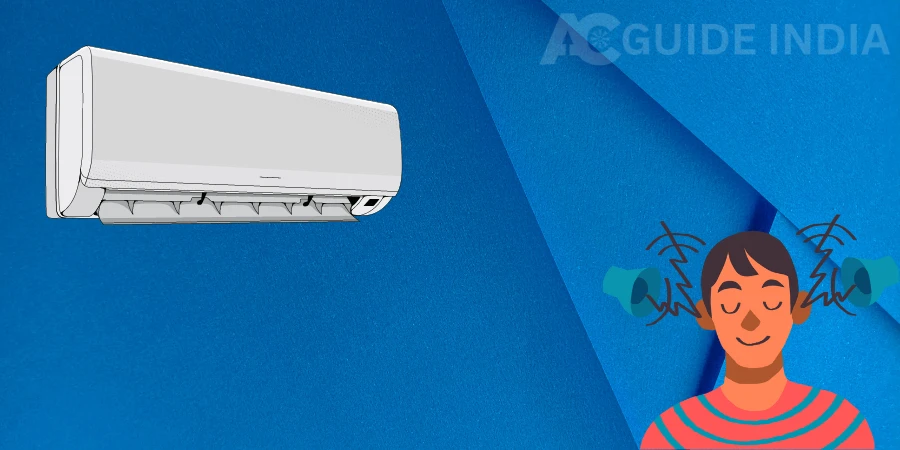
Air conditioners provide much-needed relief during hot summer days, but the noise they generate can sometimes be bothersome, especially when trying to relax or concentrate indoors. Fortunately, there are several effective strategies to reduce AC noise and create a quieter environment within your home. In this article, we will explore practical tips and techniques to minimize AC noise and enjoy a more peaceful indoor atmosphere.
10 Tips to Reduce AC Noise Inside
1. Choose a Quieter AC Unit:
When purchasing an AC unit, consider the noise level as an essential factor. Look for models with lower decibel (dB) ratings, as they tend to operate more quietly. Compare the noise levels of different units before making a final decision.
2. Regular Maintenance:
Routine maintenance is crucial for minimizing AC noise. Clean or replace dirty air filters regularly, as clogged filters can restrict airflow, leading to increased noise levels. Additionally, schedule professional maintenance visits to ensure that all components are clean, lubricated, and functioning properly.
3. Insulate the AC Unit:
Applying insulation around the AC unit can significantly reduce noise transmission. Use materials such as acoustic foam or specialized noise-reducing insulation blankets to wrap the unit. This helps absorb sound waves and prevent them from propagating into the living space.
4. Soundproofing the Room:
Implementing soundproofing measures in the room where the AC unit is installed can help create a quieter environment. Consider using soundproof curtains, acoustic panels, or even heavy drapes to absorb noise and minimize its impact.
5. Install Vibration Isolators:
AC units can produce vibrations that contribute to noise. By installing vibration isolators or anti-vibration pads beneath the unit, you can reduce the transmission of vibrations to the surrounding structures, minimizing noise as a result.
6. Optimize Ductwork:
Properly sealed and insulated ductwork can significantly reduce AC noise. Inspect the ducts for leaks or loose connections and seal them using specialized duct sealant or metal tape. Additionally, ensure that the ductwork is adequately insulated to dampen noise transmission.
7. Consider Noise Barriers:
Strategically placing noise barriers near the AC unit can help block or absorb sound waves, minimizing their impact inside. Utilize bookshelves, room dividers, or furniture to create barriers that obstruct the direct path of noise propagation.
8. Use White Noise:
White noise machines or apps can be effective in masking AC noise by generating a consistent, soothing sound. By introducing a gentle background noise, such as rainfall or ocean waves, you can help distract your attention from the AC noise and promote a more peaceful ambiance.
9. Rearrange Furniture:
Simple changes in furniture placement can help reduce the perception of AC noise. Position couches, bookshelves, or large cabinets between the AC unit and the areas where you spend most of your time. These objects can act as buffers, absorbing or deflecting the noise waves.
10. Consider Upgrading to a Ductless Mini-Split System:
If excessive AC noise remains a persistent issue, upgrading to a ductless mini-split system might be a viable solution. These systems operate without traditional ductwork and tend to be quieter due to their smaller and more efficient design.
AC Noise Reduction Conclusion:
Reducing AC noise inside your home is possible with the implementation of various practical strategies. By selecting a quieter AC unit, performing regular maintenance, insulating the unit, soundproofing the room, and optimizing the ductwork, you can create a more tranquil indoor environment. Remember, a combination of these techniques can yield the






